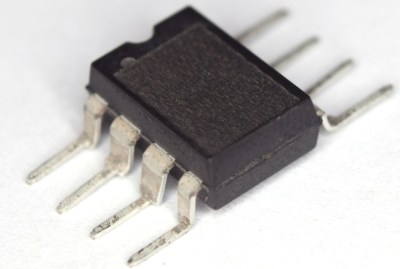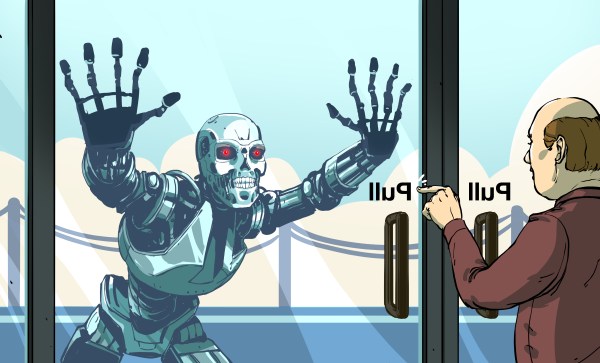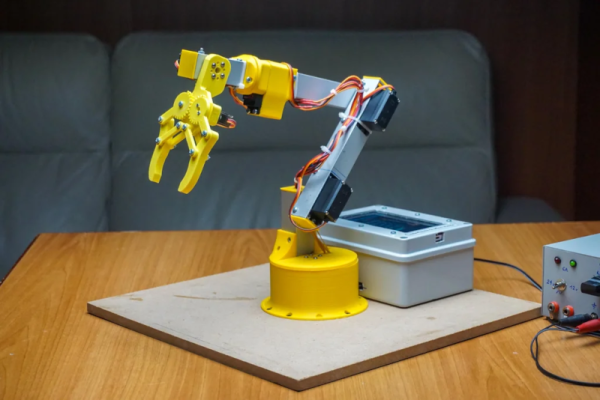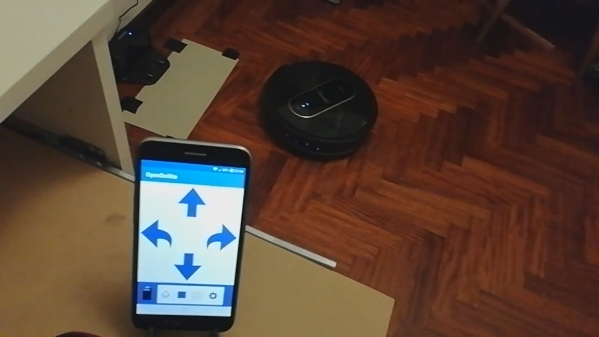Small robots can be found at all levels from STEM toys for kids all the way through to complex hacker projects. Somewhere along that line between easy enough for anyone to build and interesting enough for hackers lies the PlayCar, from [ComfySpace]. It’s a small build-it-yourself tracked robot that’s controlled from your smartphone via an app.
At the PlayCar’s heart is a Raspberry Pi Zero 2W, and surrounding it are a set of inexpensive off the shelf modules for power and motor control. The juice meanwhile comes from a set of AA batteries, and the motors are geared DC units. Having acquired all the components, the 3D printable parts can then be downloaded from Printables, and the ComfySpace app can be downloaded for either Apple or Android platforms.
It’s clear that ComfySpace is a start-up targeting the education sector, and we wish them every success. The approach of making an open platform is one we like, as it has the potential to create a community feeding back designs and add-ons rather than remaining proprietary. You can take a look at the video below the break for more information.



















